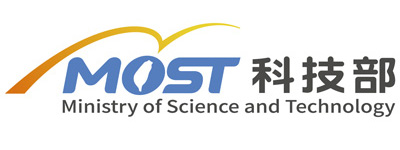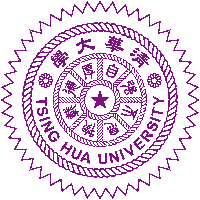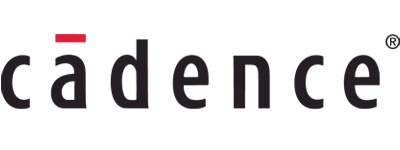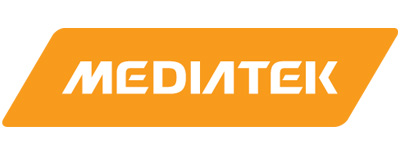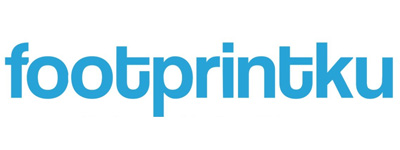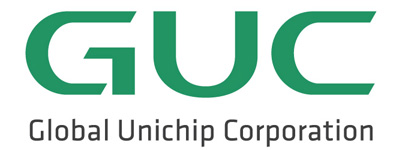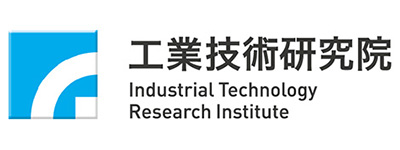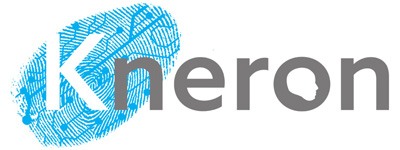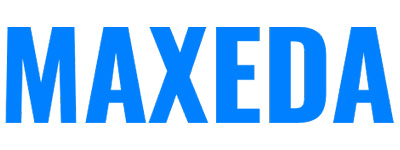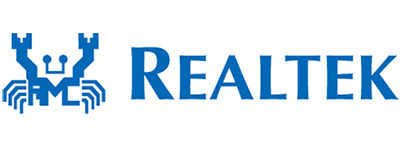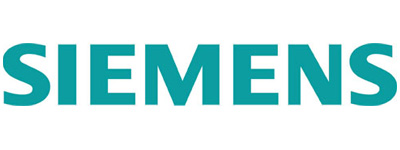Call for Papers
Download the Call for Papers in PDF format (237KB).
Paper submission link: here
Aims of the Conference:
ASP-DAC 2022 is the 27th annual international conference on VLSI design automation in Asia and South Pacific regions, one of the most active regions of design and fabrication of silicon chips in the world. The conference aims at providing the Asian and South Pacific CAD/DA and Design community with opportunities of presenting recent advances and with forums for future directions in technologies related to Electronic Design Automation (EDA). The format of the meeting intends to cultivate and promote an instructive and productive interchange of ideas among EDA researchers/developers and system/circuit/device designers. All scientists, engineers, and students who are interested in theoretical and practical aspects of VLSI design and design automation are welcomed to ASP-DAC. In light of the continued COVID-19 pandemic situation, the ASP-DAC 2022 will be held as a virtual conference.
Call for Papers ASP-DAC 2022
Areas of Interest:
Original papers in, but not limited to, the following areas are invited.
1. System-Level Modeling and Design Methodology:
1.1. HW/SW co-design, co-simulation and co-verification
1.2. System-level design exploration, synthesis and optimization
1.3. System-level formal verification
1.4. System-level modeling, simulation and validation tools/methodology
1.5. Networks-on-chip and NoC-based system design
2. Embedded Systems and Cyberphysical Systems:
2.1. Many- and multi-core SoC architecture
2.2. IP/platform-based SoC design
2.3. Domain-specific architecture
2.4. Dependable architecture
2.5. Cyber physical system
2.6. Internet of things
3. Embedded Systems Software:
3.1. Kernel, middleware and virtual machine
3.2. Compiler and toolchain
3.3. Real-time system
3.4. Resource allocation for heterogeneous computing platform
3.5. Storage software and application
3.6. Human-computer interface
4. Memory Architecture and Near/In Memory Computing:
4.1. Storage system and memory architecture
4.2. On-chip memory architectures and management: Scratchpads,
compiler, controlled memories, etc.
4.3. Memory and storage hierarchies with emerging memory
technologies
4.4. Near-memory and in-memory computing
4.5. Memory architecture and management for emerging memory
technologies
5. AI/Machine Learning System Designs:
5.1. Hardware and devices for deep neural networks
5.2. Design method for learning on a chip
5.3. Systems and design methods for deep neural computing
5.4. Neural network acceleration co-design techniques
5.5. Design techniques for AI of Things
6. Photonic/RF/Analog-Mixed Signal Design:
6.1. Analog/mixed-signal/RF synthesis
6.2. Analog layout, verification, and simulation techniques
6.3. High-frequency electromagnetic simulation of circuit
6.4. Mixed-signal design consideration
6.5. Communication and computing using photonics
7. Approximate, Bio-Inspired and Neuromorphic Computing:
7.1. Circuit and system techniques for approximate and stochastic computing
7.2. Neuromorphic computing
7.3. CAD for approximate and stochastic systems
7.4. CAD for bio-inspired and neuromorphic systems
8. Logic/High-Level Synthesis and Optimization:
8.1. High-level synthesis tool and methodology
8.2. Combinational, sequential and asynchronous logic synthesis
8.3. Logic synthesis and physical design technique for FPGA
8.4. Technology mapping
9. Physical Design:
9.1. Floorplanning, partitioning and placement
9.2. Interconnect planning and synthesis
9.3. Placement and routing optimization
9.4. Clock network synthesis
9.5. Post layout and post-silicon optimization
9.6. Package/PCB/3D-IC routing
10. Design for Manufacturability and Reliability:
10.1. Reticle enhancement, lithography-related design and optimization
10.2. Resilience under manufacturing variation
10.3. Design for manufacturability, yield, and defect tolerance
10.4. Reliability, aging and soft error analysis
10.5. Design for reliability, aging, and robustness
10.6. Machine learning for smart manufacturing and process control
11. Design and Analysis for Timing and Low Power:
11.1. Power modeling, analysis and simulation
11.2. Low-power design and optimization at circuit and system levels
11.3. Thermal aware design and dynamic thermal management
11.4. Energy harvesting and battery management
11.5. Deterministic/statistical timing analysis and optimization
11.6. Signal/power integrity, EM modeling and analysis
11.7. Extraction, TSV and package modeling
12. Testing, Validation, Simulation, and Verification:
12.1. ATPG, BIST and DFT
12.2. System test and 3D IC test
12.3. Online test and fault tolerance
12.4. Memory test and repair
12.5. RTL and gate-leveling modeling, simulation, and verification
12.6. Circuit-level formal verification
12.7. Device/circuit-level simulation tool and methodology
13. Hardware and Embedded Security:
13.1. Hardware-based security
13.2. Detection and prevention of hardware Trojans
13.3. Side-channel attacks, fault attacks and countermeasures
13.4. Design and CAD for security
13.5. Cyberphysical system security
13.6. Nanoelectronic security
13.7. Supply chain security and anti-counterfeiting
14.Emerging Devices, Technologies and Applications:
14.1. Quantum and Ising computing
14.2. Nanotechnology, MEMS
14.3. Biomedical, biochip, and biodata processing
14.4. Edge, fog and cloud computing
14.5. Energy-storage/smart-grid/smart-building design and optimization
14.6. Automotive system design and optimization
14.7. New transistor/device and process technology: spintronic, phase-change, single-electron etc.
Please note that each paper shall be accompanied by at least one different conference registration at the speaker’s registration rate (e.g., two speaker registrations are needed for presenting two accepted papers). But any registered co-author can present the work at the conference. ACM and IEEE reserve the right to exclude a paper from distribution after the conference (e.g., removal from ACM Digital Library and IEEE Xplore) if the paper is not presented at the conference by the author of the paper. ASP-DAC does not allow double and/or parallel submissions of similar work to any other conferences, symposia, and journals.
Submission of Papers:
- Paper submission link: here
- Deadline for submission:
- Deadline for paper submission: 5 PM AOE (Anywhere on earth) July 21 (Wed), 2021
- Manuscript PDF, even if it is a tentative version at this moment, is necessary.
- After 5PM AOE July 21, new submissions will not be accepted.
- Deadline for PDF update: 5 PM AOE (Anywhere on earth) July 28 (Wed), 2021
- Notification of acceptance: Sep. 11 (Sat), 2021
- Deadline for final version: 5 PM AOE (Anywhere on earth) Nov. 5 (Fri), 2021
For detailed instructions for submission and specification of the paper format, please refer to Author's Guide.
Panels, Special Sessions, and Tutorials: Suggestions and proposals are welcome and have to be addressed to the Conference Secretariat (aspdac2022@aspdac.com) no later than July 28 (Wed), 2021.
Contact:
- TPC Secretariat: aspdac2022.tpc@gmail.com

